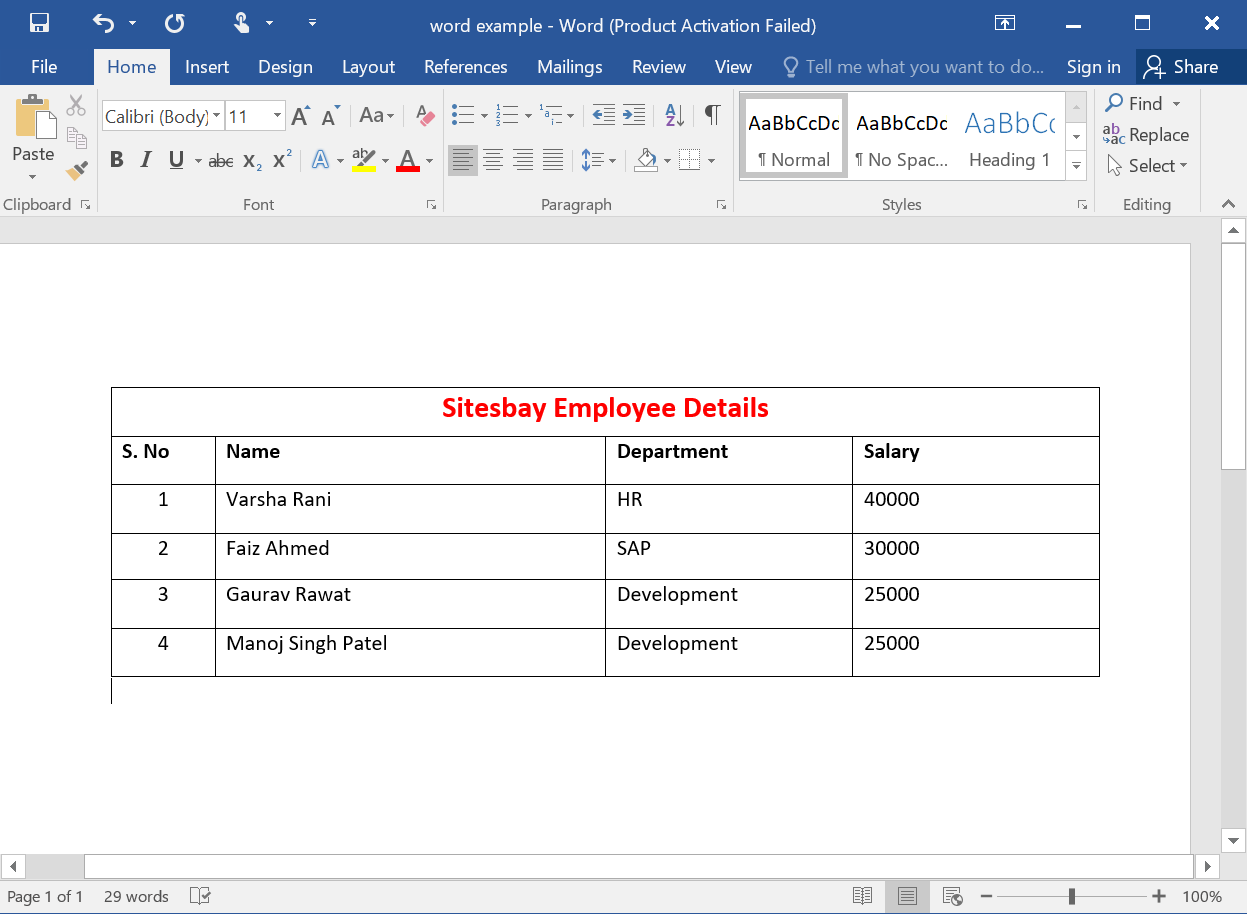

We also want those cells merged before being split, so make sure that option is selected. In the Split Cells window, we’d select three columns and two rows. We’d head to Table Tools > Layout > Split Cells (a lot of times the Split Cells command doesn’t show up on the context menu when you have multiple cells selected, so it’s easier to use the Ribbon button). And we want to take those selected cells (the ones in gray under the second column header) and turn them into two big rows of three columns each.

Let’s say we had a table like the one shown below. Input the number of rows and columns you would like to split your cell into.Īnd that cell we selected is now two cells.Īs you probably guessed from the options in that Split Cells window, you can also get a little more complex with cell splitting. You can just go ahead and click the “OK” button to make the split. By default, it’s set up to split the selected cell(s) into two columns, which is exactly what we want. (You can also head to Table Tools > Layout > Split Cells on the Word Ribbon if you prefer.) Then, right-click the selected cell and choose the “Split Cells” command from the context menu. Let’s first say that we just one to split a single cell into two cells. You can use the split command to one or more cells into a set number of rows and columns.

Splitting table cells in Word is only slightly more complicated than merging them. If you prefer using Word’s menus, you can also head to the Table Tools “Layout” tab, and then click the “Merge Cells” button there. Then, right-click anywhere inside the table, and choose " Merge Cells" from the context menu.When you have your cells selected, right-click any of the selected cells, and then choose the “Merge Cells” command on the context menu. While not intended for this purpose (there are other methods built into Word), merging cells can be a "quick-and-dirty" way to convert data inside a table into plain text: click on the top left corner handle of the table to quickly select all its rows and columns (you can also drag to select all or a portion of cells). The screenshot below shows you how content from our original table (6 cells selected) was merged into a new cell that spans three columns in width, and two rows in height:Ĭonvert a table's content to text in Word 2007 (If you select non-contiguous cells inside a table, and right-click on them, the Merge Cells command will not even appear on the context menu, and the Split Cells command is shown, grayed out / disabled.) Merging cells across different rows and columns in Word tables It is of course possible to merge cells that belong to different rows and columns, as long as they are contiguous - in other words, each selected cell must touch at least one other selected cell. The content of the leftmost initial cell appears on top, and the data inside the last selected cell appears at the bottom of the merged content. To merge two cells in Word 2007, drag with your mouse to select the cells: then right-click on the selected area (displayed by default with a blue highlight).įrom the context menu that opened, click on Merge Cells: as shown on the right screenshot, Microsoft Word will take the content of all the selected cells, and put it on a new line inside the newly merged cell. Change orientation to portrait / landscape.


 0 kommentar(er)
0 kommentar(er)
